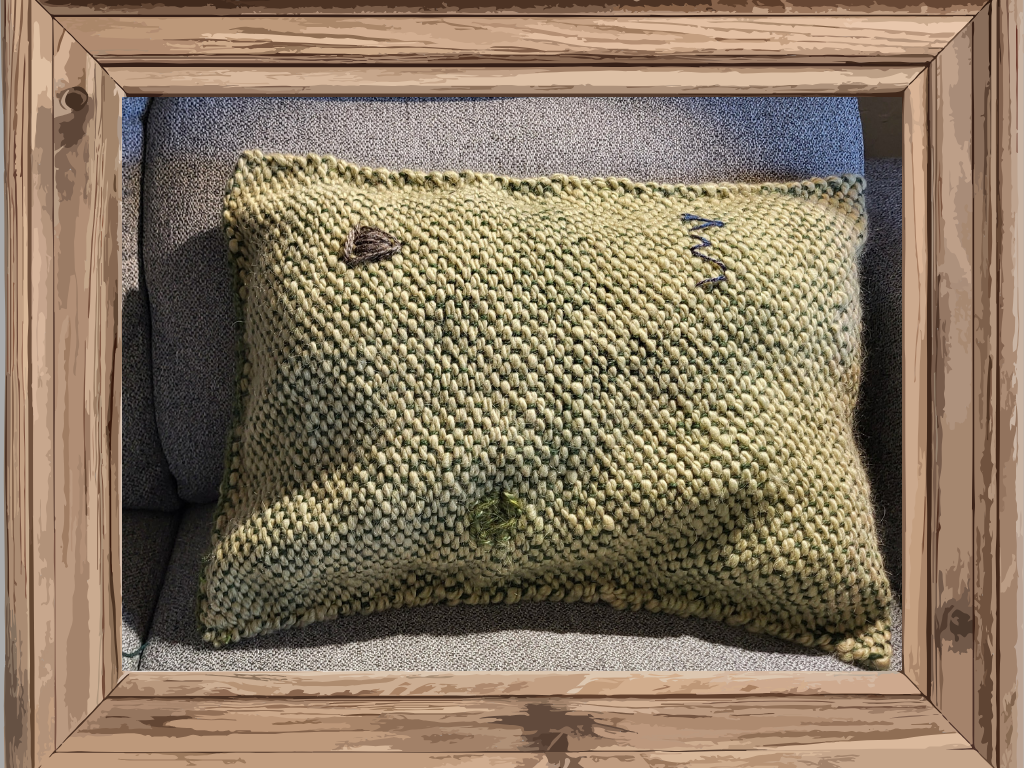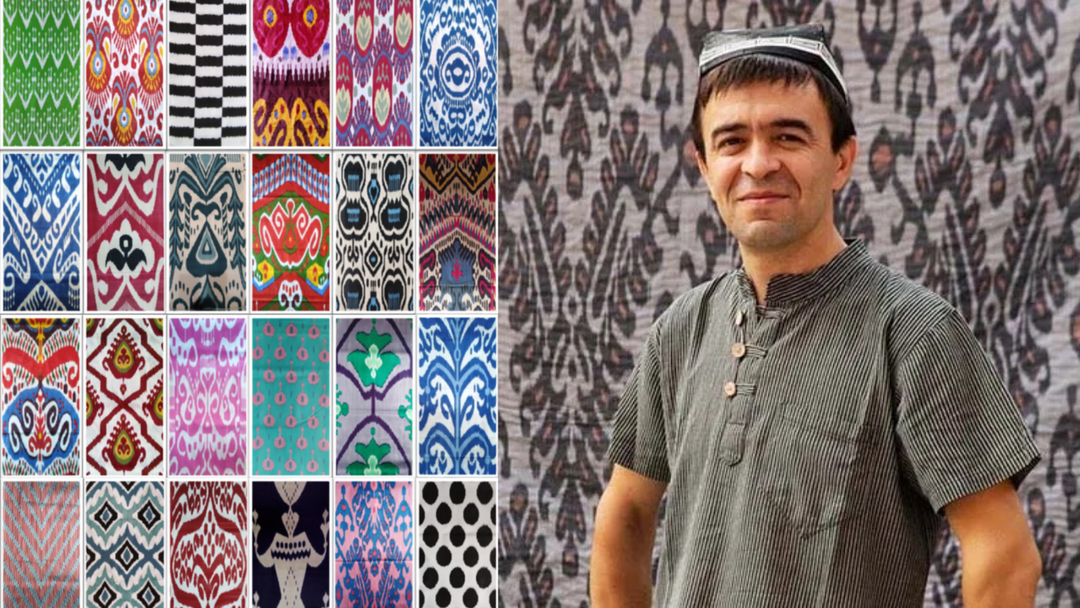By the time this reaches you, I’ll either be on my flight home from Bishkek or already on the ground in Los Angeles. But I haven’t yet introduced you to all the HoonArts artists that we connected with on our 3 ‘Stans Tour. This week, it’s Usto (respectful “Master” in the Tajiki language) Sodiq Zaripov, who lives in the ancient Silk Road city of Istaravshan, located on the way between Panjakent and Khujand.

Usto Sodiq, a fifth-generation wood carver, has devoted his entire life to his art. For many years he has produced his famous Tajik combs. Each comb incorporates traditional floral patterns that have been passed down through the generations.
His skill is highly prized even by foreigners, and in 2005 Usto Sodiq's combs received a quality certificate from UNESCO. More recently, Usto Sodiq has expanded his artistry to other items besides combs, including hair barrettes (developed for HoonArts), small boxes, small animal figures, and the beautiful jewelry items developed exclusively for HoonArts.
Through HoonArts, Usto Sodiq has also undertaken reproductions of ancient Egyptian combs (for the Penn Museum in Philadelphia) and wooden spoons recovered at an archeological dig near Istaravshan (for a UK historical re-enactment organization focused on the Soghdian culture of Central Asia).

Rikki and Usto Sodiq during Rikki's 2015 trip to Tajikistan.
Usto Sodiq works primarily with walnut and apricot woods, both reclaimed from local cultivated orchards. (Tajikistan is also famous for its walnuts and dried apricots.)
Master Sodiq does all his work by hand. He takes the stump, splits it into wedges, makes the form by hacksaw, and cuts the tines for combs. To test their strength, the Master presses on them with great force using his finger. And if the comb utters its typical resonant sound, it is good. But if there was a mistake and any part of the comb breaks, it goes into the garbage.
Usto Sodiq continues to pass on his artistry to the next generation, including his sons. Recently, Sodiq also took on apprentices – students from the regional college of crafts. He teaches them that the shape of the comb should be the same as it was hundreds of years ago, and the pattern must be applied with love for the future owner of the comb, even if the apprentice will never see her. In these conditions, Sodiq tells us, the comb is not only useful, but also glorifies its owner, as the first beauty seen in her surroundings.
For more information about Usto Sodiq, check out this page on our website. Or learn about Sodiq’s reproduction of historical artefacts in this blog post.
Postcards from the ‘Stan’s










Leave a comment